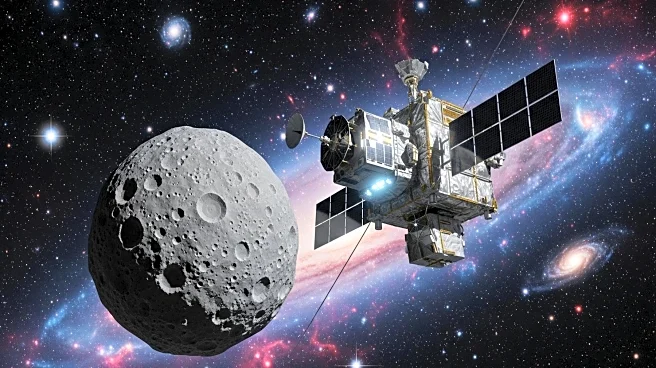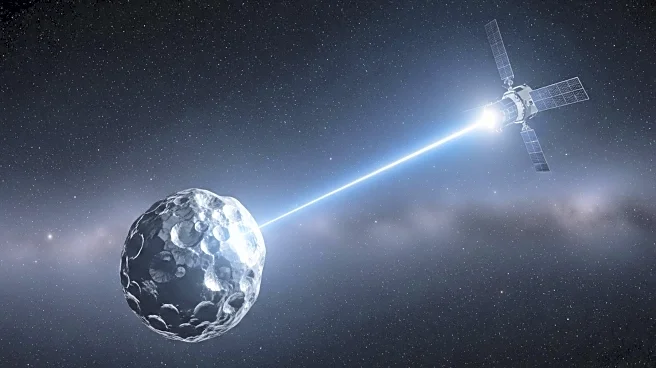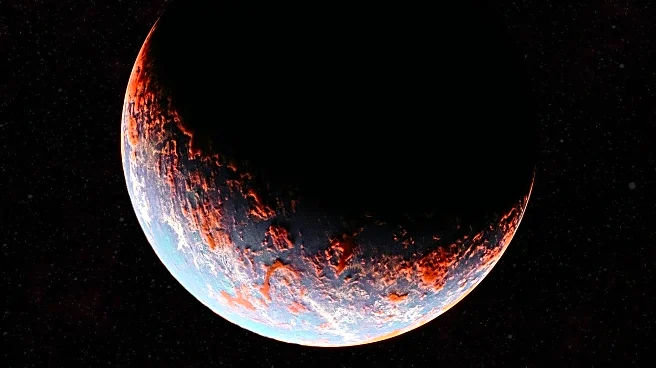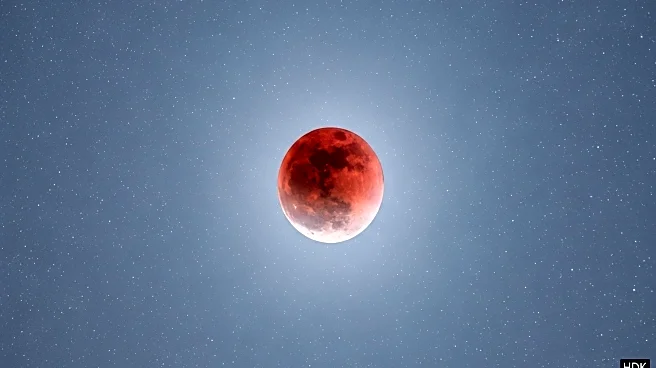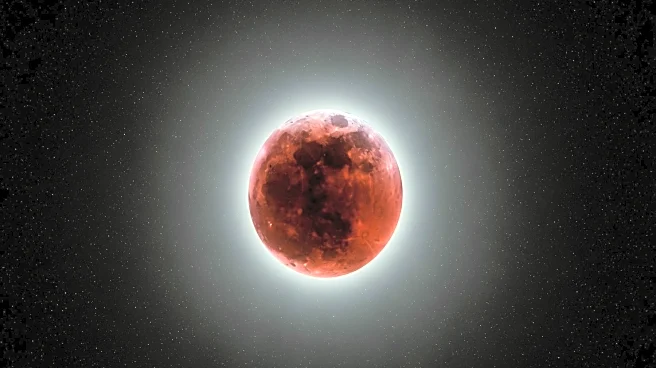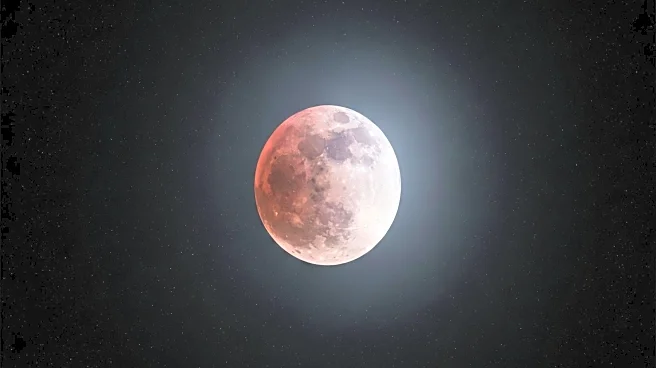What is the story about?
What's Happening?
The asteroid 99942 Apophis is set to make a close flyby of Earth on April 13, 2029, becoming visible to the naked eye for over 2 billion people across Africa and Western Europe. This event marks the first time a potentially hazardous asteroid will be visible without telescopic aid. Apophis, approximately 1,100 feet in diameter, will pass within 18,600 miles of Earth, closer than many geostationary satellites. Scientists view this as a rare opportunity to study how Earth's gravity affects the asteroid's trajectory and rotation, potentially altering its orbit and spin.
Why It's Important?
Apophis' flyby presents a unique scientific opportunity to observe gravitational interactions between Earth and a large asteroid. Understanding these dynamics is crucial for planetary defense strategies, as it can inform models used to predict and mitigate potential asteroid impacts. While Apophis poses no immediate threat, its close approach highlights the importance of monitoring near-Earth objects. The event also serves as a public spectacle, raising awareness about asteroid research and the ongoing efforts to safeguard Earth from cosmic hazards.
Beyond the Headlines
The European Space Agency's proposed Rapid Apophis Mission for Space Safety (RAMSES) aims to study Apophis during its flyby, potentially deploying a cubesat to measure seismic activity. This mission could enhance our understanding of asteroid composition and behavior, contributing to broader planetary defense initiatives. The flyby underscores the need for international collaboration in space research, as scientists work together to address the challenges posed by near-Earth objects.
AI Generated Content
Do you find this article useful?





